 Published in French in 2006, two years after his death, this book is a long lecture (which actually turned into a ten-hour seminar) that he wrote for the 1997 Cerisy conference on his work titled “The Autobiographical Animal.”
Published in French in 2006, two years after his death, this book is a long lecture (which actually turned into a ten-hour seminar) that he wrote for the 1997 Cerisy conference on his work titled “The Autobiographical Animal.”
Here Derrida sets his sights on the philosophical problematic of the animal. Specifically, he is interested in exploring the limits of that interstitial space between that which we call animal and that which we call human. He coins the neologism “Limitrophy” to describe this exploration, “Not just because it will concern what sprouts or grows at the limit, around the limit, by maintaining the limit, but also what feeds the limit, generates it, raises, and complicates it. Everything I’ll say will consist, certainly not in effacing the limit, but in multiplying its figures, in complicating, thickening, delinearizing, folding, and dividing the line precisely by making it increase and multiple.” (29) He predicates this line of inquiry on his assertion that the entire history of philosophic discourse from Aristotle to Heidegger is guilty of misrepresenting or misinterpreting the basic ontological difference between that which we call animal and that which we call human.
He opens with a discussion of the Genesis myth, focusing on the way in which Adam is naked in the garden until he eats the fruit from the tree of knowledge. Instead of the typical reading of this action as a fall from grace, Derrida sees this as the inciting incident for the creation of humanity. Recognition of nudity, and the shame associated with it, is particularly interesting to Derrida because, as he puts it, “In principle, with the exception of man, no animal has ever thought to dress itself. [Thus] clothing would be proper to man, one of the ‘properties’ of man. ‘Dressing oneself’ would be inseparable from all the other figures of what is ‘proper to man,’ even if one talks about it less than speech or reason, the logos, history, laughing, mourning, burial, the gift, etc.” (5) These “properties of man” are the sites he wants to push against in this lecture.
READ MORE >

 Yesterday was Beckett’s birthday (he’d have been 104).
Yesterday was Beckett’s birthday (he’d have been 104).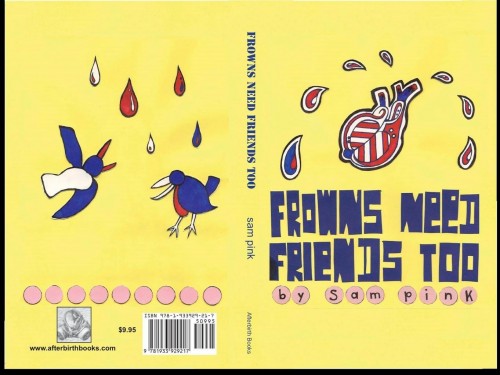
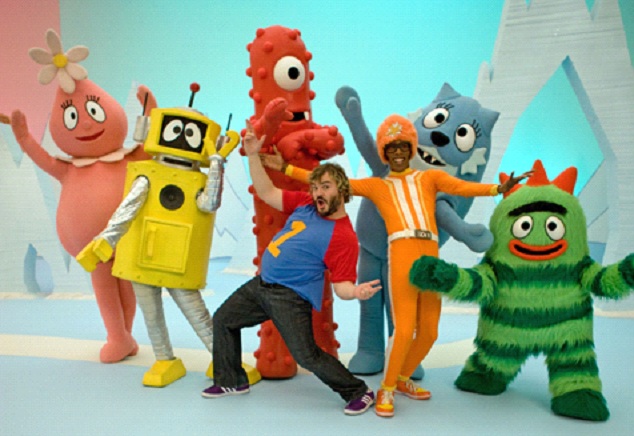
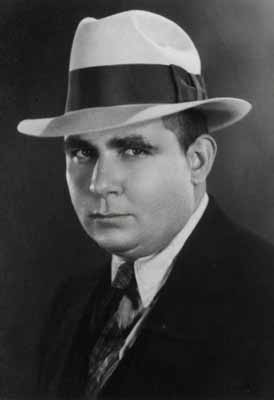 ___________________
___________________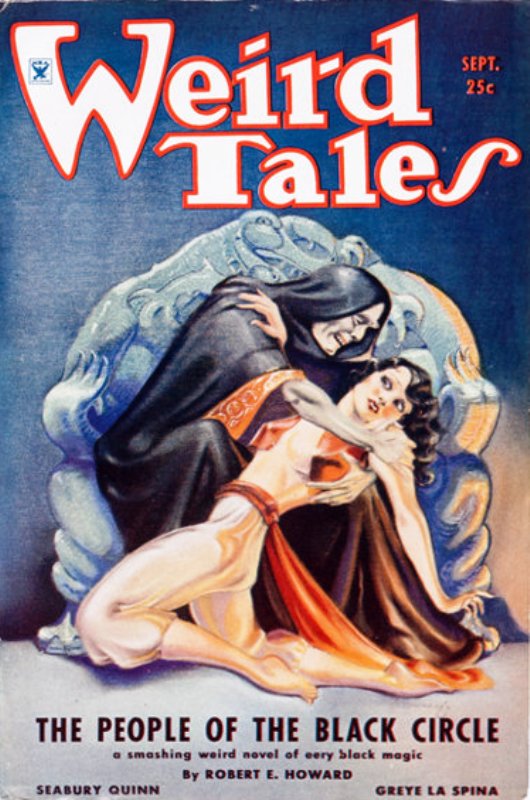
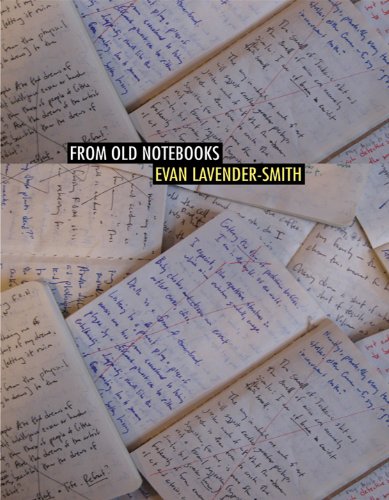

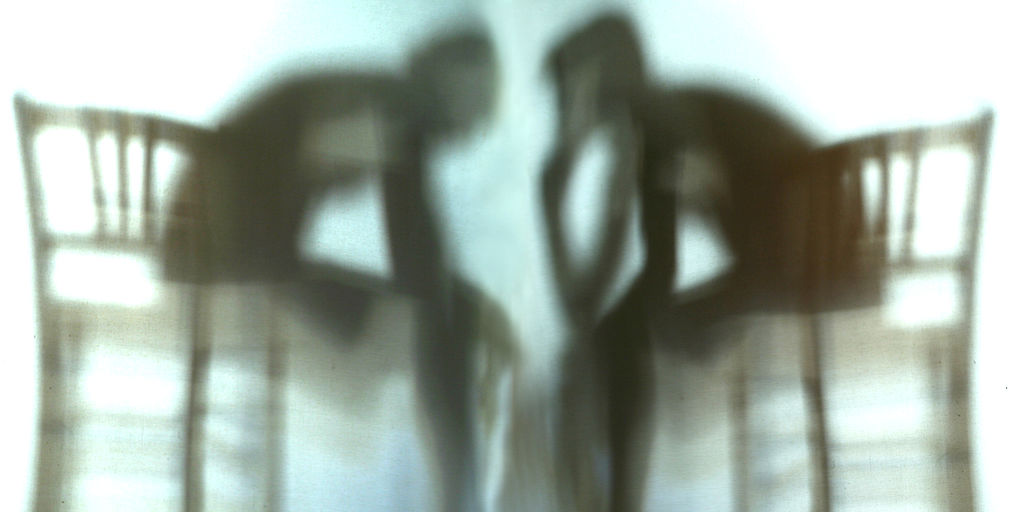
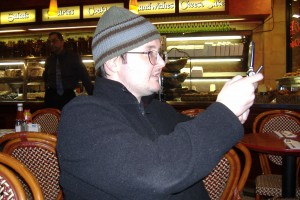
 Published in French in 2006, two years after his death, this book is a long lecture (which actually turned into a ten-hour seminar) that he wrote for the 1997 Cerisy conference on his work titled “The Autobiographical Animal.”
Published in French in 2006, two years after his death, this book is a long lecture (which actually turned into a ten-hour seminar) that he wrote for the 1997 Cerisy conference on his work titled “The Autobiographical Animal.”